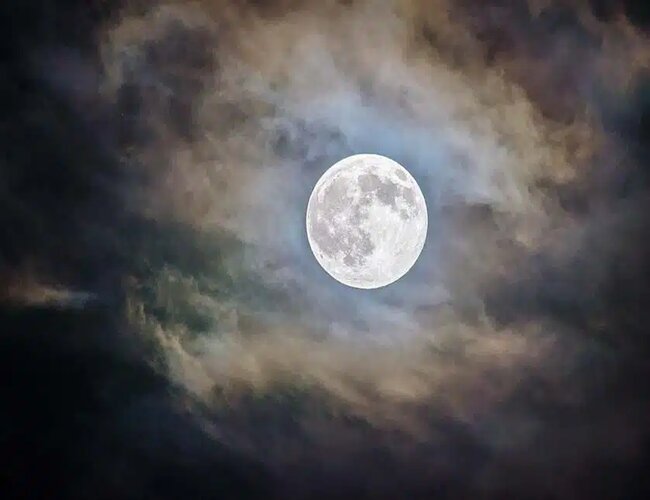Welcome to the May night sky. As we are now well past the Spring Equinox, the nights are getting shorter and warmer.
As darkness falls on the evening of the 23rd, and looking over towards the west, you will see the thin crescent Moon close to the brilliant planet Venus.
And higher in the sky, in the constellation of Gemini, we will find the red planet Mars.
The two brightest stars in the constellation of Gemini are Castor and Pollux. Mars now is slightly dimmer than Pollux but brighter than Castor.
Just before dawn on the 18th, looking over towards the east, the thin crescent Moon will be seen close to the planet Mercury, and it will appear as a faint pinkish star. Higher up in the sky, we have the planet Jupiter and, higher still, the ringed planet Saturn.
Due south at about 11pm local time in mid-May, we have well visible the Zodiacal constellation of Virgo and, to the left of this, the constellation of Bo??tes the Herdsman.
The brightest star in Virgo is called Spica and, although it appears as a single star seen through any telescope, it is in fact a very close double star with both components orbiting each other every four days.
These stars are extremely hot with a surface temperature of more than 20,000 degrees centigrade. Our own Sun, in comparison, is 5,500 degrees centigrade. In terms of total light output, Spica is 2,200 times brighter than our Sun.
Moving slightly over to the left, that is towards the southeast in the night sky, we find the constellation of Bo??tes and its brightest star called Arcturus. This star is very different to Spica as it is much fainter intrinsically but, as it is closer to us at 37 light years away, this makes it the brightest star in the northern night sky.
Arcturus is a red giant star slightly cooler than our Sun, but, as it is much larger, it becomes 100 times brighter. This star is older than the Sun and it has evolved from a hot giant white star into a cooler and larger red giant. This star may have potentially habitable planets in orbit, but, so far, unfortunately, none have been positively detected.
The Moon is full on the 5th, last quarter on the 12th, new on the 19th and first quarter on May 27.
By Clive Jackson
|| features@algarveresident.com
Clive Jackson is the director of the Camera Obscura ?€? Tavira EYE attraction, located near the Castle of Tavira. Specialising in education and public outreach.
281 322 527 | info@torredetavira.com www.torredetavira.com
To see the May Sky Map click on the pdf link below



